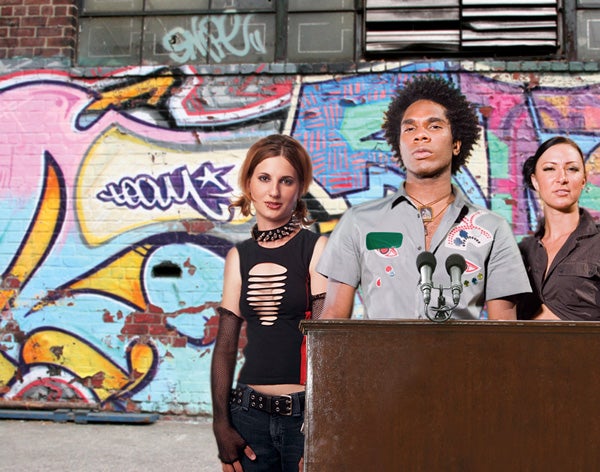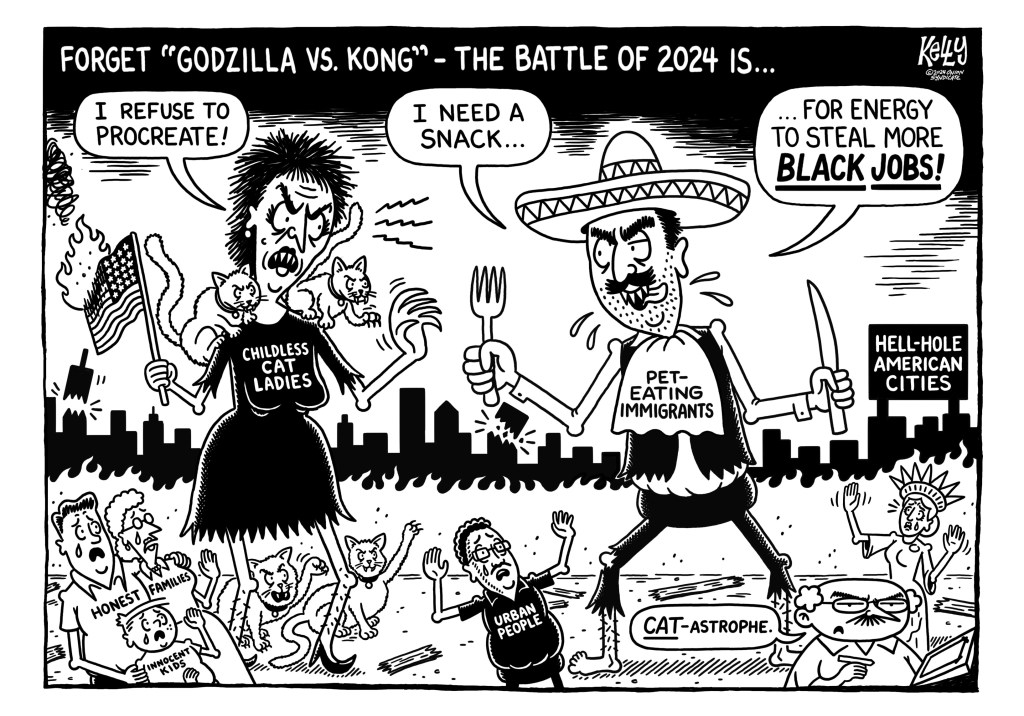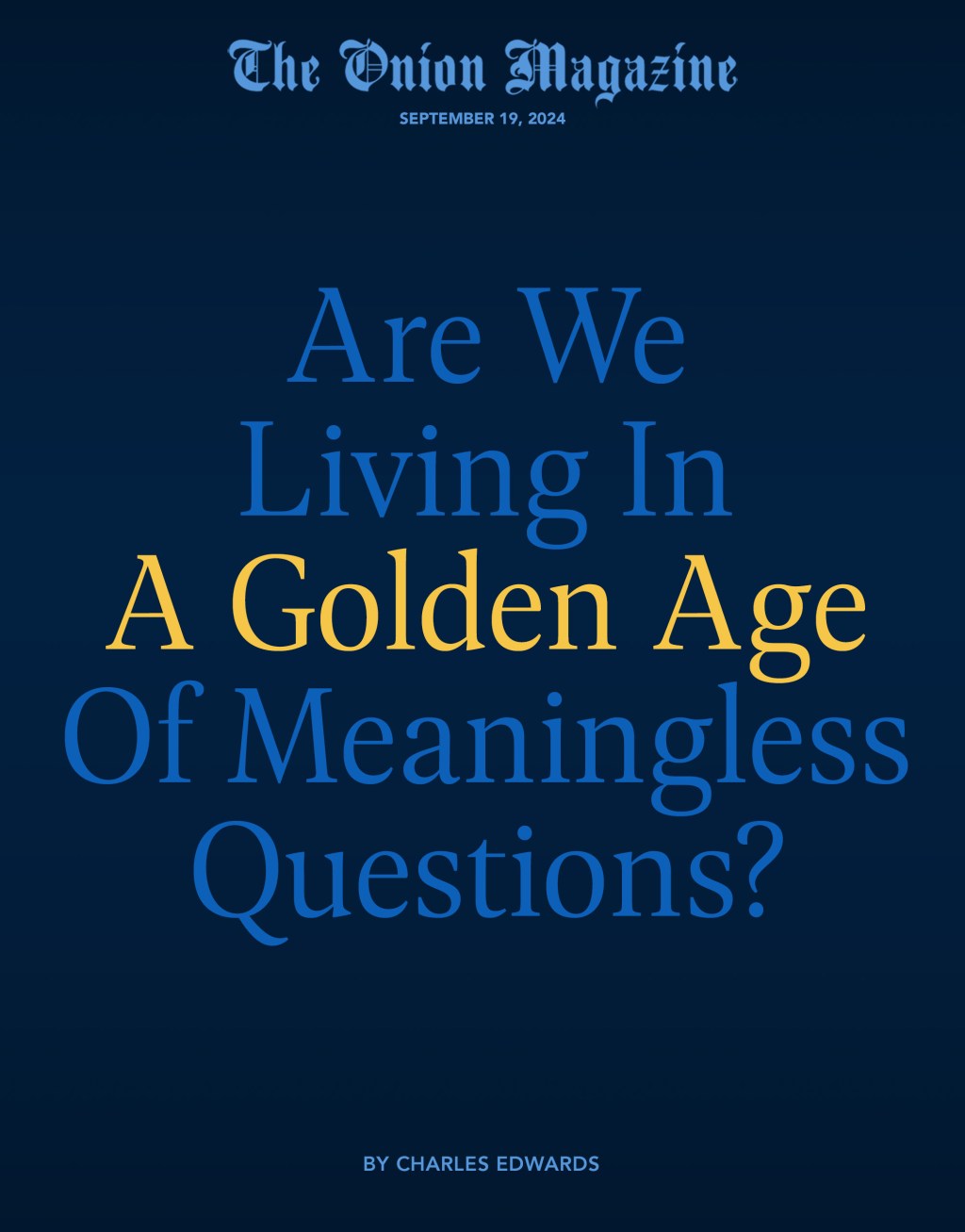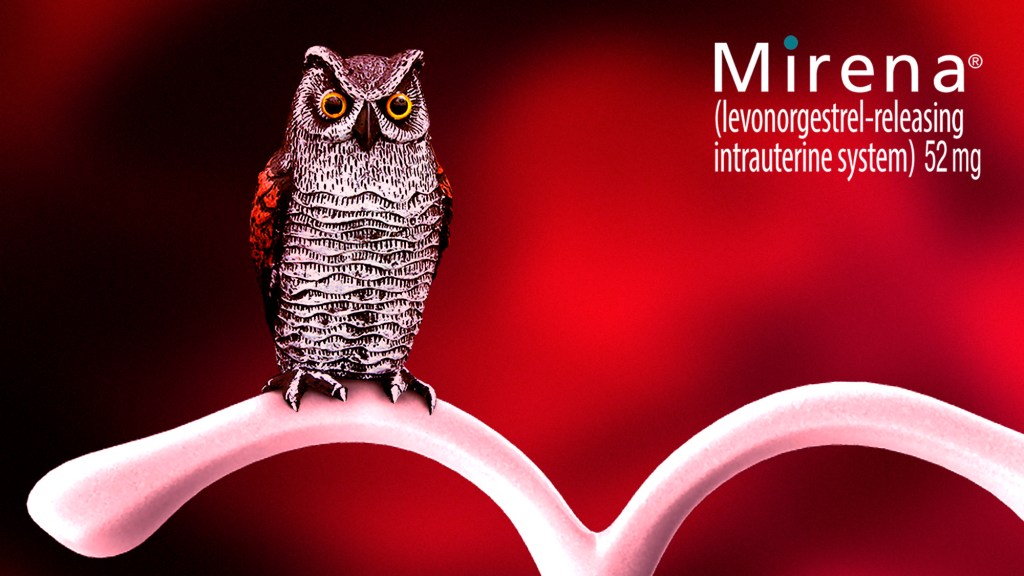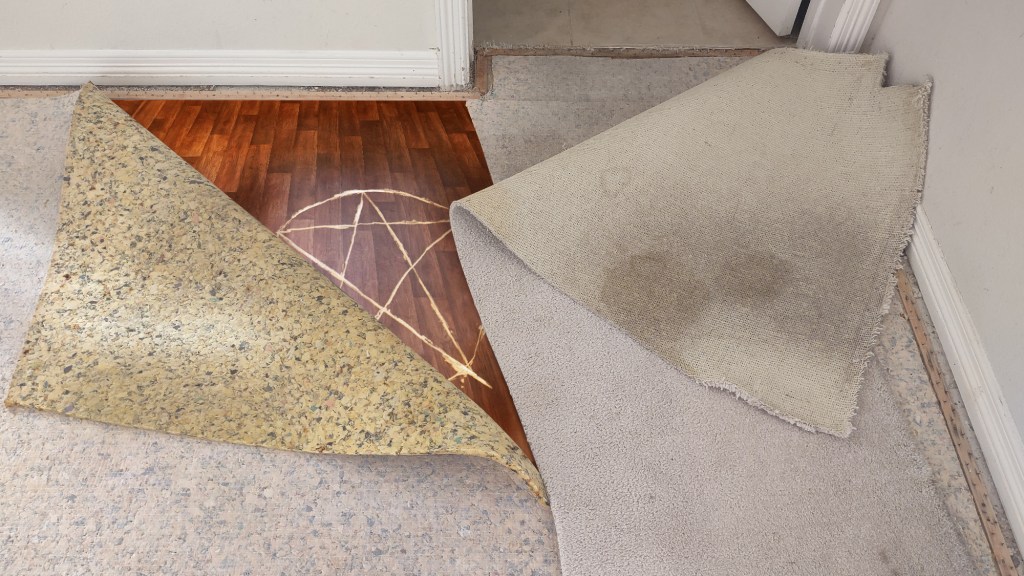NEW YORK—More than 11,000 trendsetters, tastemakers, movers, and shakers gathered in Brooklyn’s Williamsburg neighborhood Monday to declare a strike against the broad segment of the American population that they say routinely copies their fashions, musical tastes, and sensibilities. Should the strike persist, experts said, it could bring the pop-cultural life of the nation to a standstill.
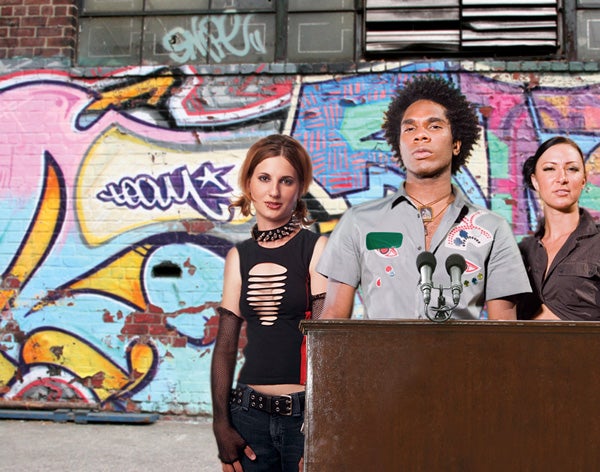
“We want recognition for what you’re wearing, saying, or doing,” said Jaycee Kingsley, a 22-year-old animator and silkscreen artist from San Francisco who, nearly four years ago, started the oversized-dark-sunglasses trend, popularized by celebrities Mary-Kate Olsen and Nicole Richie. “Without us, America would be wearing Nehru jackets and saying ’right on’ all the time. If we don’t get our due, we will have little choice but to stop sparking new fads.”
Until the public accepts their demands, the strikers vow to wear only gray or blue utilitarian sweatpants or flannel, and refuse to listen to any synthesized music, wear makeup, shop at thrift stores, bake cupcakes, “make the scene,” or discuss any potential trends or up-and-coming drugs.
The strikers are calling for public acknowledgment of their contributions as well as a retroactive 10-cent royalty on every trendy item sold since October 1995. This fee, to be paid by consumers for each trend they adopt, would be applied to cultural phenomena as diverse as Japanese toy miniatures and so-called “Strokes” haircuts, the latter actually pioneered by Dayton, OH sandwich-shop employee and Whip-It junkie Jarvis McClung in 1997.
News of the strike quickly spread through word of mouth, blogs, and Facebook.com, and “sympathy strikes” are already being organized by fashion-forward hipsters in France and Japan.
If a collective-bargaining agreement cannot be reached, trendsetters will likely be replaced with scabs. Indeed, some second-rate trends have already begun sprouting up, as aspiring tastemakers—often the same people maligned by the ultrahip as “poseurs”—cross picket lines and attempt to fill the void left by the strike. Many of their ideas, such as adopting chinchillas as pets, are largely recycled, and, while their original innovations, such as wearing top hats and paper shoes, walking with crutches, and referring to friends as “Frankenstein,” may seem forced, they could potentially be the only trends available for some time.
With an estimated one in four Americans relying on guidance from trendsetting gurus, sales are down at malls and Salvation Army stores across the country.
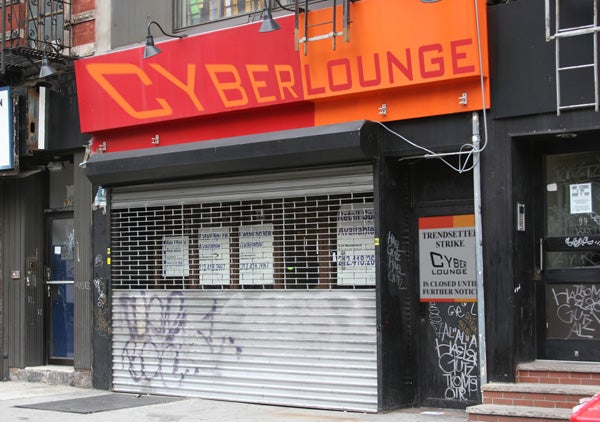
“This strike is really bad for business,” said Seattle, WA electronics store owner Eddie Barghasian. “Who’s going to buy an even smaller cell phone when there’s no nightlife or nothing to photograph?”
Perplexed Americans, stripped of their taste barometers, are having to make do with older trends.
“None of my friends know what to do anymore,” said 17-year-old Kari Hartley, a Fayetteville, AR high-school student who relies on lower-tier stores like Hot Topic for fashion cues. Already feeling the strike’s pinch, Hartley has been wearing the same Von Dutch hat, silk-screened hooded sweatshirt, and “Don’t Mess With Texas” beltbuckle—the most recent trends available to her before the strike. While acknowledging that the look is “stale,” Hartley said she has little choice. “If this thing doesn’t end soon, I might not be able to wear anything.”
Strikers have been in talks since Monday with various magazine editors, marketing directors, and product developers who rely heavily on their trailblazing tastes.
“I can’t tell you what they’re talking about in there,” said Lucky magazine editor Kim France. “But I can tell you that these are some very cutting-edge negotiations.”
“Most Americans may not know how to generate a trend, but they know a good one when they see one, and will support us in these negotiations,” said adult-size bunny-hat inventor Gabe Deckland, who said qualified trendsetters have the upper hand. “Scabs will just shank it anyway.”
Yet DailyCandy.com contributor Cass Myerson said the strike may inadvertently generate a new trend, pointing to reports that some followers have already begun their own hip work stoppages.
“The romance of the worker’s struggle, the charisma of heroes like Cesar Chavez—I love it!” Myerson said. “I think we’re going to be seeing a lot of drab shirts, coarse wool coats, and fierce Maoist pigtails on the runway this fall. In everything—from the way we talk and the way we dress, to the way we don’t work—striking is going to be huge this year.”


